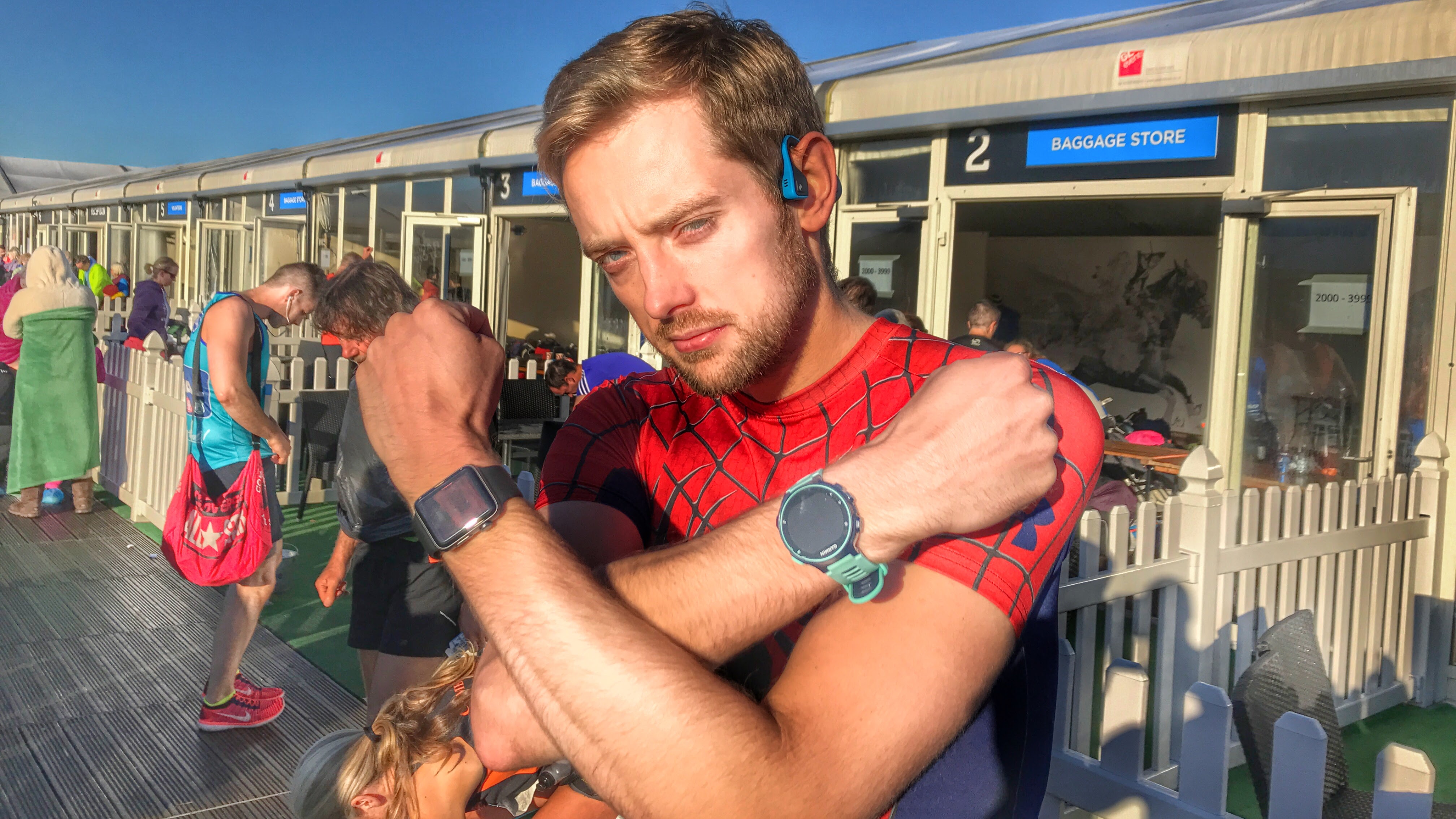LightRadio to dramatically boost UK's mobile signal
Could mobile deadzones soon be a thing of the past?

Alcatel-Lucent has come up with what it believes to be a major solution in the fight against poor mobile coverage: the lightRadio.
The small, cube-shaped device is designed to complement (and possibly in the future, replace) the large, power-hungry and cumbersome masts that currently supply our mobile signal.
Alcatel Lucent promises to 'radically shrink and simplify' these base stations, leading to a 50% reduction in power and allowing mobile networks to move the more fragile and vulnerable sections of the technology in-house.
Low power future
The lightRadio can be used anywhere with a power source, which Alcatel-Lucent claims could even be wind or solar energy, meaning rural communities with no coverage or broadband could see this technology finally enabling decent online speeds.
The cube works by stripping down the masses of tech in the basestation and using only the main components to distribute the signal. It then communicates wirelessly with the host signal, enabling a more efficient manner of network maintenance.
The lightRadio is also LTE-enabled, so should the 4G system come to prominence in the UK as it is internationally, the deployment of fast, post-50Mbps speeds to your mobile phone may be a little easier than previously thought.
Sign up for breaking news, reviews, opinion, top tech deals, and more.
So far the international arm of Orange/France Telecom is the only known European network name to sign up, with the company's Senior Vice President, Network Architecture and Design, Alain Maloberti, calling the technology "exciting".
"Alcatel-Lucent's new vision and strategy of mobile broadband is quite exciting: the new wireless network architecture and innovative radio proposal will potentially help us to achieve significant operating cost savings and be better prepared for future challenges," said Maloberti.
"We look forward to working closely with Alcatel-Lucent to explore and test this new approach."

Gareth has been part of the consumer technology world in a career spanning three decades. He started life as a staff writer on the fledgling TechRadar, and has grew with the site (primarily as phones, tablets and wearables editor) until becoming Global Editor in Chief in 2018. Gareth has written over 4,000 articles for TechRadar, has contributed expert insight to a number of other publications, chaired panels on zeitgeist technologies, presented at the Gadget Show Live as well as representing the brand on TV and radio for multiple channels including Sky, BBC, ITV and Al-Jazeera. Passionate about fitness, he can bore anyone rigid about stress management, sleep tracking, heart rate variance as well as bemoaning something about the latest iPhone, Galaxy or OLED TV.